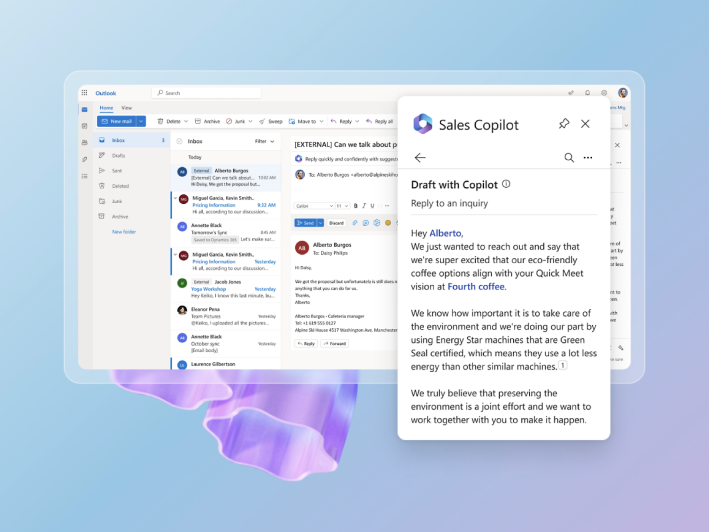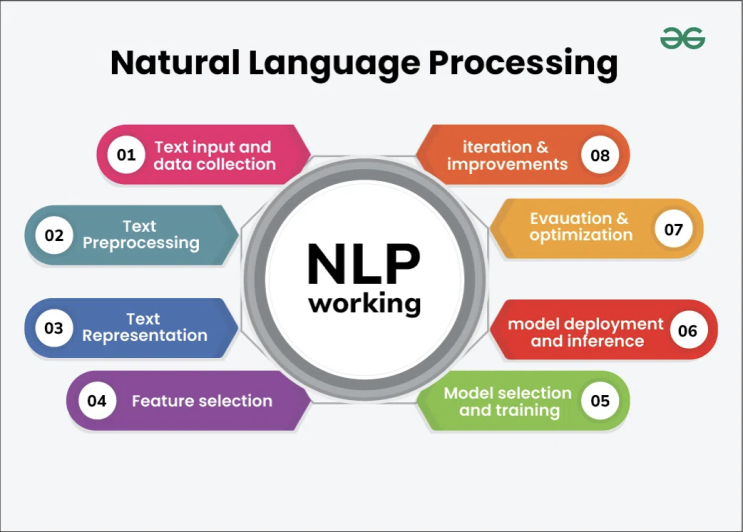As we stand on the brink of a new era in digital interaction, emerging technologies are set to revolutionize not just how we communicate but the very nature of our interactions.
From AI-powered assistants that can understand context and emotion to virtual reality environments that transcend physical boundaries, these cutting-edge tools are not just improving efficiency—they’re redefining what’s possible in human-to-human and human-to-machine communication.
RCS Marketing
Rich Communication Services (RCS) transforms traditional SMS into a dynamic, interactive platform. With the help of an RCS platform, businesses gain access to a new frontier for customer engagement, marketing, and support.
Enhanced Customer Engagement
RCS enables richer user experiences with features like multimedia content, read receipts, typing indicators, and interactive buttons, making communication more engaging and responsive.
Innovative Marketing
RCS elevates marketing campaigns by allowing businesses to send promotional messages with high-resolution images, GIFs, and short videos—all within a single message. Interactive buttons track engagement and conversions in real-time.
Improved Customer Support
With RCS, businesses can offer integrated support, including FAQs, live chat, and transactional messages, all within one interactive thread.
AI-Powered Communication Assistants
Artificial Intelligence is at the forefront of this communication revolution, with AI assistants becoming increasingly sophisticated and integral to our daily interactions.
Overview of AI in Communication
AI is enhancing communication by understanding context, predicting needs, and even mimicking human-like interactions. Natural Language Processing (NLP) and Machine Learning algorithms are enabling these assistants to understand and respond to complex queries with remarkable accuracy.
Microsoft Copilot and Its Capabilities

Microsoft’s Copilot represents a significant leap forward in AI assistance. Integrated into the Microsoft 365 suite, Copilot can:
- Draft emails and documents based on simple prompts
- Generate PowerPoint presentations from rough outlines
- Summarize lengthy documents or meetings
- Analyze data and create visualizations in Excel
Future Potential of AI Assistants
As AI continues to advance, we can expect these assistants to become even more intuitive and capable. Future AI assistants might:
- Predict communication needs before they arise
- Adapt their communication style to individual preferences
- Facilitate multi-language communication in real-time
- Assist in complex decision-making processes
Virtual and Augmented Reality in Communication
Virtual Reality (VR) and Augmented Reality (AR) are set to transform the way we perceive and interact in digital spaces.
Current State of VR/AR in Business Communication
While still in its early stages, VR and AR are already being used for:
- Virtual meetings and conferences
- Remote collaboration on 3D models
- Immersive training experiences
Potential Applications
The future holds even more exciting possibilities:
- Virtual office spaces where remote teams can “coexist”
- AR-enhanced presentations and pitches
- VR-based customer service interactions
- Collaborative VR environments for product design and prototyping
Challenges and Future Developments
Despite its potential, VR/AR faces challenges such as hardware limitations, user comfort, and the need for standardization. However, as technology improves and costs decrease, we can expect wider adoption and more innovative applications.
Advanced Natural Language Processing

Natural Language Processing is breaking down language barriers and adding new dimensions to digital communication.
Real-time Translation in Video Calls
Imagine a world where language is no longer a barrier in international business. Real-time translation in video calls is becoming a reality, allowing seamless communication between speakers of different languages.
Sentiment Analysis in Customer Interactions
NLP-powered sentiment analysis can help businesses understand the emotional tone of customer interactions, allowing for more empathetic and effective communication.
Voice-to-Text and Text-to-Voice Advancements
As these technologies improve, we’re moving towards a future where switching between voice and text communication is seamless, catering to different preferences and accessibility needs.
Blockchain for Secure Communication
Blockchain technology is set to revolutionize the security and privacy aspects of digital communication.
Decentralized Communication Platforms
Blockchain-based platforms offer enhanced security and privacy with no central point of failure or control. This could lead to truly secure and censorship-resistant communication channels.
Enhanced Privacy and Data Security
With blockchain, users could have full control over their data and communication history, deciding what to share and with whom.
Potential Applications in Business Communication
- Secure document sharing and verification
- Tamper-proof record-keeping of communications
- Smart contracts for automated, secure business processes
Internet of Things (IoT) and Communication
The proliferation of IoT devices is creating new channels and methods of communication.
IoT Devices in Office Communication
Smart office devices can automate scheduling, adjust environments for optimal productivity, and facilitate seamless communication between team members.
Smart Homes and Remote Work Communication
As the lines between home and office blur, smart home devices are becoming part of our professional communication ecosystem, helping to manage work-life balance and productivity.
Ethical Considerations and Challenges
As we embrace these new technologies, we must also grapple with their ethical implications.
Privacy Concerns in Advanced Communication Tools
The increasing sophistication of communication tools raises questions about data privacy, surveillance, and the right to be forgotten in the digital age.
The Digital Divide and Accessibility Issues
As communication technologies advance, there’s a risk of widening the gap between those with access to these tools and those without. Ensuring equitable access to these technologies will be a crucial challenge.
Balancing Efficiency with Human Connection
While these tools offer unprecedented efficiency, we must be cautious not to lose the human touch in our communications. Finding the right balance between technological assistance and genuine human interaction will be key.
Conclusion
The future of digital interaction is bright, filled with possibilities that were once the realm of science fiction. From AI assistants who understand us better than ever to quantum networks that promise unbreakable security, these cutting-edge communication tools are set to transform every aspect of how we connect and collaborate.
However, it’s not just about new tools but about new ways of thinking about connection, collaboration, and human interaction. By embracing these innovations responsibly, we can create a future where technology enhances, rather than replaces, the fundamental human need for meaningful communication.
Featured image credit: Headway on Unsplash
Content credit: Andy Redan




